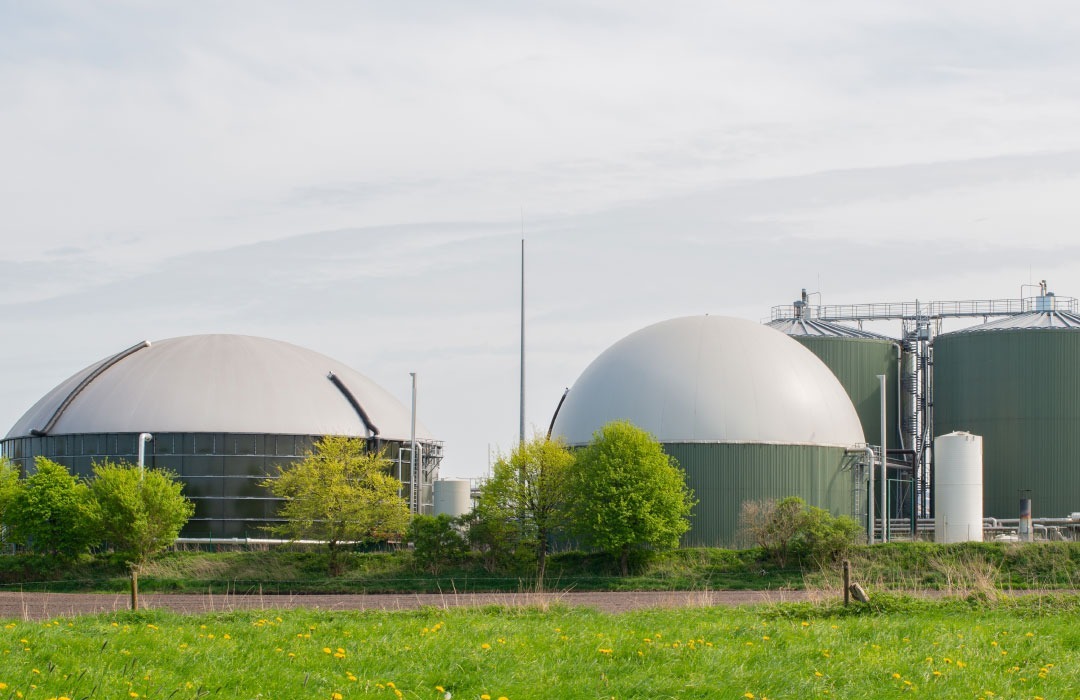Biotech and Medtech: Pioneering Health, Innovation, and Investment
Markets that will pay
Life sciences opportunities emerge from around the world and need to raise capital from willing investors with capacity. As we become more sophisticated the challenges emerging from Biotech and Medtech sectors need more development capital, and in many parts of the business they need international clinical trials to confirm their worth.
These processes, especially government overviewed trials, are costly and take time.
Investors want to see the technology develop and they accept the high risks but want corresponding returns. High prices to get high returns impact on distribution and markets. Many governments are the ones paying for health, so they have limited capacity to pay. Given the time value of money, investors want to see the roll-out of new products in markets which will pay well.
Whilst we are seeing development around the work, we are seeing commercialization being focused in markets that will pay. For Biotech and Medtech this is the North American market.
What is the world of Biotech and Medtech?
Within the universe of life sciences, the world of biotechnology and medical technology, also known as biotech and medtech, is rapidly expanding and evolving. These fields combine the application of biology and technology to develop innovative solutions for human and animal healthcare, agriculture, and environmental challenges. Biotech and medtech are closely related but have distinct differences in their focus and goals. In this article, we will explore the definitions of biotech and medtech, understand the role of investors in these industries, and discuss the significance of the US market to the world in life sciences.
Biotech: Healing Alquemy
Biotechnology refers to the use of living organisms or their components to develop products and processes that improve human and animal health, agriculture, and the environment. It encompasses a wide range of techniques such as genetic engineering, molecular biology, and cell culture. Biotech companies use these techniques to develop new drugs, vaccines, diagnostic tools, and therapies for various diseases.
The key players in the biotech industry include pharmaceutical companies, biotech startups, research institutions, and government agencies. Biotech has also been instrumental in developing solutions for sustainable agriculture and environmental conservation. The professionals in this field of life sciences are increasingly engineers and scientists and not medical doctors as we know them. Today big pharma is seen as a later-stage investor – mostly focused on commercialization.
Whilst the role of big pharma remains critical in the system, an amazing amount of work is undertaken in university and other research laboratories which leads to developments that are applied and commercialized generally by what is referred to as “big pharma”. Commercialization is a different set of skills and requires a large amount of capital.
At Projects RH, our focus is on opportunities seeking to leave the incubator of university laboratories and other research companies. We are currently working with Ad Solis, a spin-out of ASX-listed Ad Alta.
MedTech: Precision Tools
Medtech, on the other hand, focuses on developing and applying technology to improve medical diagnostics, treatment, prevention and monitoring. This includes medical devices, equipment, software, and digital platforms that aid in patient care.
Medtech companies work closely with healthcare professionals, engineers and scientists to develop innovative solutions for various medical conditions. Some examples of medtech devices include pacemakers, insulin pumps, diagnostic tests, imaging equipment, and surgical instruments. These technologies have greatly improved patient outcomes and have revolutionized the way healthcare is delivered.
At Projects RH we are pleased to be working with Neva Healthcare based in Atlanta, Georgia, and led by John Stephens, the entrepreneur behind three other medtechs. Neva is focused on capturing and killing airborne pathogens before they dry and land on surfaces. Neva has a particular application for killing airborne COVID-19, Chicken Flu and viruses which are transferred via the air. It uses ultraviolet light to kill the virus. This approach does not encourage mutation the way most chemicals and cleaning products do.
A plug for life sciences
To keep the language clear, biotech and medtech are both part of the larger life sciences industry. Life sciences refer to any field that involves the study of living organisms and their processes. It includes biology, biotechnology, medical technology, pharmaceuticals, biochemistry, genetics, etc. Life sciences have a significant impact on human health, food production, and the environment.
In the investment world there are a number of funds which have “life science” and “health” mandates but increasingly there are funds with specific biotech or medtech only mandates. What we are seeing working with our clients is that the funds of the life sciences or health funds are being allocated to more specialist funds. At Projects RH we were keen to find out why this is so. Working with Ad Solis and Neva it is clear that the specialist funds have subject matter experts which the generalist funds do not have.
Leading Investors in Biotech and Medtech
Biotech and medtech companies require significant investments to develop innovative products and bring them to market. These investments occur in recognized stages and there are benchmarks to be achieved and many projects do not achieve the benchmark and do not continue and may or not be recognized in the literature. The leading investors in these industries in the early stages are institutions, angel investors, government agencies and special purpose funds, followed by venture capital firms, private equity firms, angel investors, and government agencies.
Whilst PitchBook annually reports the top investors, what is clear from the experience of Projects RH is that even within the biotech market, for example, there are funds which have a focus such as liver cancer, adult blindness etc. Our experience confirms these investors are primarily in the United States, with a few in Europe and Asia. Also within each sector there are industry wide pricing specialists who the market acknowledges are the opinion leaders and investment syndicate makers. Many of these investment deals are club deals and every club needs a captain.
So investment-seeking companies need to find a lead manager investor. They will likely take 15-25% of the ask and most of the followers will be repeat followers. In many senses it is a club deal with the captain only donning the blazer when all the players are lined up.
Regulatory Hurdles: The Role of US FDA in Life Sciences
The US Food and Drug Administration (FDA) is a regulatory agency of the US Department of Health and Human Services. It is responsible for protecting public health by ensuring the safety and efficacy of medical products, including drugs, medical devices, vaccines, and biologics. The FDA plays a crucial role in the life sciences industry by regulating the approval and marketing of these products. The FDA sets tests and grants approvals which is access to health care dollars which in the USA is substantial. The FDA approval process is rigorous and can take years. However, obtaining FDA approval is essential for companies to bring their products to the US market. The key is the US market is the largest and by far the most profitable market for pharmaceuticals and medical devices globally, making the FDA approval a significant milestone for companies in the life sciences industry.
Importance of the US Market in Life Sciences
Because of the key nature of the US consumer market and the international patent recognition systems, the US market offers a vast pool of resources, including skilled professionals, funding opportunities, and a robust regulatory framework. Success breeds the funder for success.
International markets look for the FDA seal of approval when considering new life sciences technologies. This is because the FDA approval process is considered the gold standard for product safety and efficacy globally. Many countries have harmonized their regulatory processes with the FDA to expedite the approval process for products that have already been approved in the US.
At Projects RH we were working with a production distributor in China, who advised if we had FDA approval that this would reduce the local approval process in China to 6 months. That meant quickly entering its largest potential market by volume.
The FDA’s role since 1906 in protecting the health of Americans is one of the primary reasons for the USA’s dominance in the life sciences market. It has always been the market which best recognizes and rewards innovation. This has resulted in a constant drive for innovation. The USA is home to some of the most well-respected research institutions and profitable pharmaceutical companies in the world.
The USA is also at the forefront of adopting new technologies and techniques in the life sciences industry. For example, it was one of the earliest adopters of gene editing technology, which has revolutionized drug development and disease treatment. The country’s commitment to investing in emerging technologies gives it a competitive advantage and attracts top talent and projects from around the world.
The Keys to Raising Money for New Life Sciences Development
Raising money for new life sciences development requires a combination of factors, including a strong scientific foundation, a clear market need, and a persuasive business plan. Investors in this industry are looking for innovative solutions that can significantly impact human health and have the potential for high returns on their investment.
Projects RH’s experience confirms investors in Biotech and Medtech are looking for the same fundamentals as investors in other markets:
- A clear financial model
- A well-reasoned but concise Information Memorandum with access to technical papers which we see akin to a Canadian National Instrument of a JORC Report and a Bankable Feasibility Study in mining)
- 12 Slides which are a focused summary
- 1 Page – Teaser focused on the ask, the offer and the team.
As in mining, AI or aviation, the Biotech and Medtech must have a disciplined and sound business case with supplementary papers prepared on industry-specific matters knowing CEOs know they will be asked about.
These businesses are high risk and there is an expectation of high returns with the early and large ongoing returns being seen to come from the North American market. This again reinforces investors’ want to see the strategy to get FDA approval.
The role of an Information Memorandum in investment
In the competitive Biotech and Medtech sectors, a well-prepared information memorandum is crucial. This comprehensive document outlines a project’s business case, providing essential insights to potential investors. Understanding the distinctions within an information memorandum is vital for those seeking investment in life sciences, as it clearly communicates the risks and opportunities associated with the project. Explore more to enhance your project’s appeal in the evolving Biotech and Medtech industries.
The Promise of Tomorrow
The Biotech and Medtech markets are huge and growing as we seek better quality of life for our society. Many projects’ head to North America due to its prosperity and capital available for investment across the Life Sciences sector. Given the size of its primary market and influence on the secondary market there are few markets which can challenge the opportunity it offers.
Would you join so many of Projects RH’s clients and seek to raise capital from North America even if it means you must move your company there?
By Paul Raftery,
CEO of Projects RH.
We are happy to receive questions of comments at paulraftery@projectsrh.com
—————-
Source:
Powell, S.; “Biofuels offer hope for hard-to-decarbonise sectors”, The Australian, 19 June, 2024.
.




